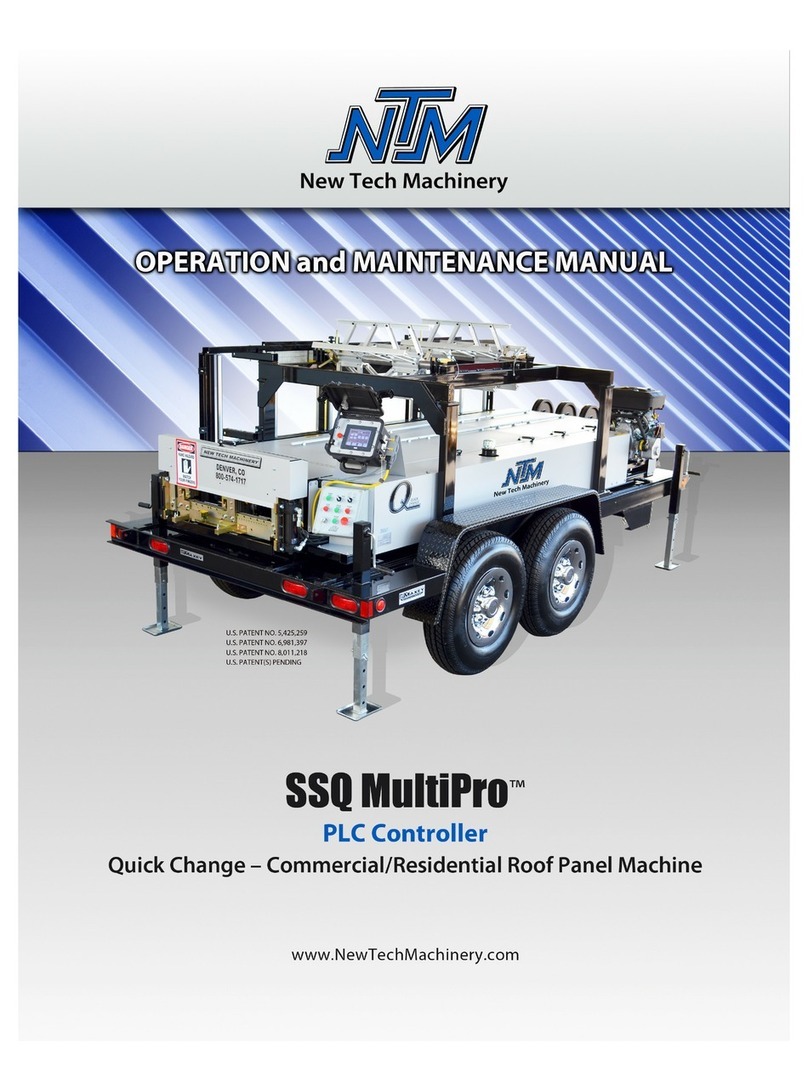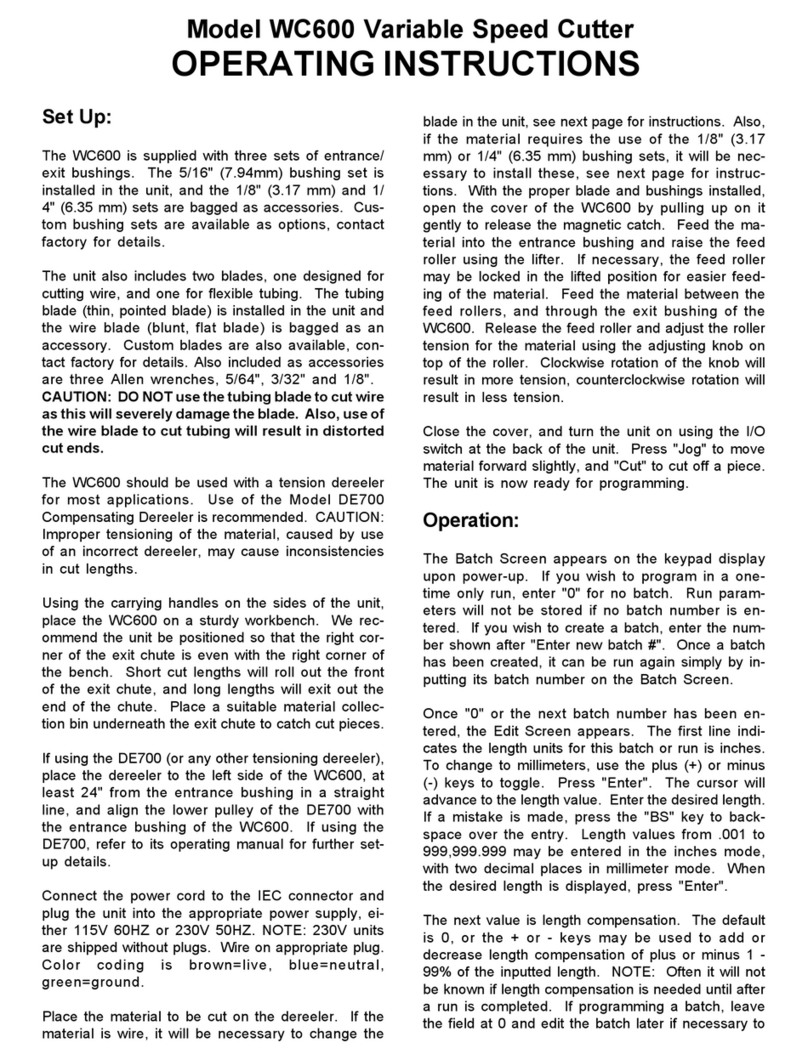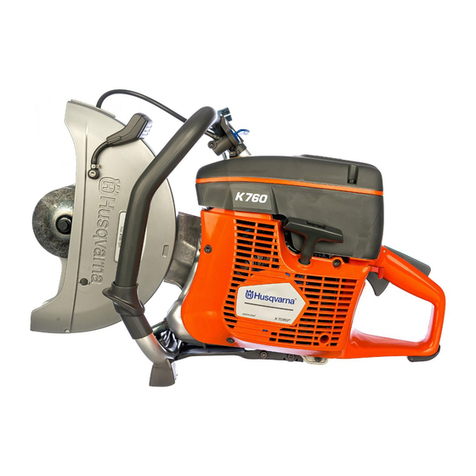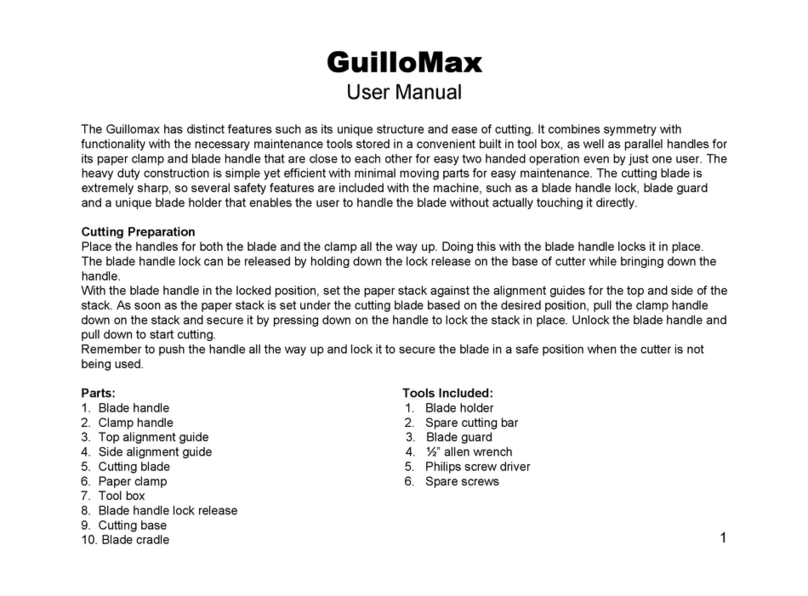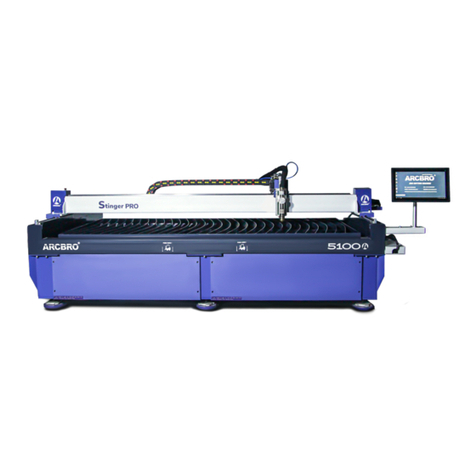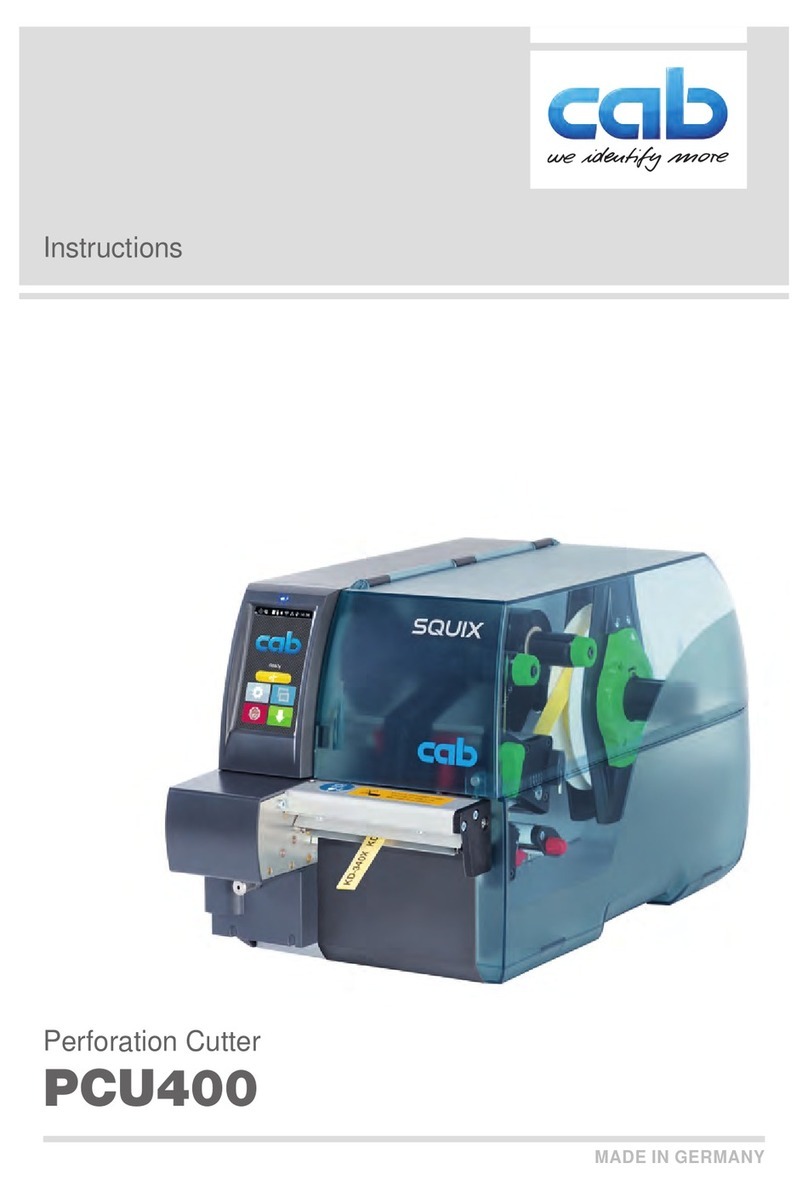
LIST OF FIGURES
ii
Figure 1: Machine Orientation............................................................................................................ 3
Figure 2: Mounting Foot Detail ..........................................................................................................4
Figure 3: Entry Guide .........................................................................................................................7
Figure 4: Acme Shafts and Left Side Adjustment ..............................................................................8
Figure 5: Controls .............................................................................................................................12
Figure 6: Control Cables...................................................................................................................13
Figure 7: Run Out Table and Remote Limit Switch .........................................................................14
Figure 8: Main Control Box Fuse .....................................................................................................15
Figure 9: QCPP E 1-6 Fuse Location ...............................................................................................15
Figure 10: Expandable Arbor Set-Up ............................................................................................... 17
Figure 11: Expandable Reel Assembly............................................................................................. 19
Figure 12: Material Routing..............................................................................................................21
Figure 13: Hydraulic System – Overview ........................................................................................23
Figure 14: Hydraulic System – Details.............................................................................................24
Figure 15: Hydraulic Fluid Level .....................................................................................................25
Figure 16: Drive Roll Assembly View ............................................................................................. 27
Figure 17: Gears and Shafts.............................................................................................................. 28
Figure 18: Chains Upper and Lower.................................................................................................29
Figure 19: Entry/Exit Views .............................................................................................................31
Figure 20: Shear Die Detail Views ...................................................................................................32
Figure 21: Bead Roller Assembly.....................................................................................................35
Figure 22: Right Entry Guide ........................................................................................................... 36
Figure 23: Entry Guide Assembly ....................................................................................................37
Figure 24: Tooling Rail Adjustment Handle ....................................................................................38
Figure 25: Marker Plate & Alignment Pin........................................................................................ 38
Figure 26: Disengaged ......................................................................................................................38
Figure 27: Engaged ........................................................................................................................... 38
Figure 28: Clip Relief Roller Assembly ...........................................................................................39
Figure 29: Entry Drum......................................................................................................................40
Figure 30: Entry Guide Bolts "A"..................................................................................................... 41
Figure 31: Expandable Arbor Setup ................................................................................................. 42
Figure 32: Loading Material .............................................................................................................43
Figure 33: Bead Roller Alignment....................................................................................................44
Figure 34: Bead Roller Width Change..............................................................................................45
Figure 35: Shear Bolts ...................................................................................................................... 46
Figure 36: Exit Die Adjustment........................................................................................................ 47
Figure 37: Remove Top Covers........................................................................................................ 49
Figure 38: Removing Tooling Rails .................................................................................................50
Figure 39: Block Chart......................................................................................................................50
Figure 40: Inboard/Outboard Positions............................................................................................. 51
Figure 41: April 2009 and later.........................................................................................................52
Figure 42: Machines made before April 2009 ..................................................................................52
Figure 43: Right Side Fixed Mount Rail...........................................................................................53
Figure 44: Profile Chart .................................................................................................................... 53
Figure 45: Left Side Fixed Mount Rail.............................................................................................54
Figure 46: Shown in the “A” position............................................................................................... 54






